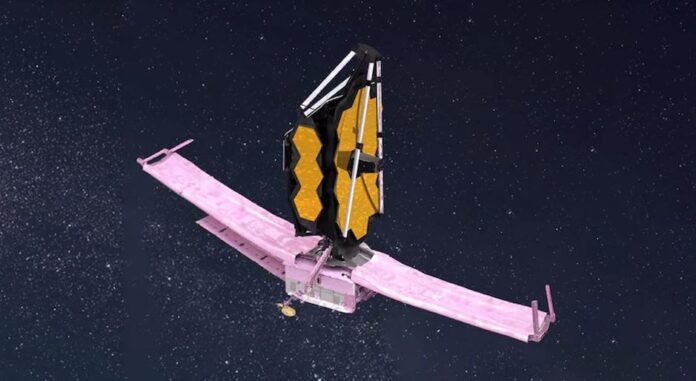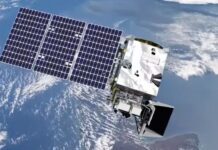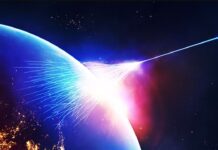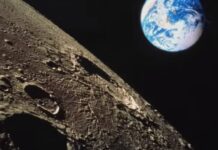NASA’s James Webb Space Telescope (JWST), the largest and most potent space telescope in the world, has sustained significant damage as a result of an asteroid collision in May.
The European Space Agency (ESA), the Canadian Space Agency, and the National Aeronautics and Space Administration (NASA) worked together to build the telescope (CSA). In order to study phenomena and occurrences in space that were previously unavailable to the world, it is constructed of priceless technology and has one of the largest mirrors on a space telescope.
The JWST must continue to function for many more years in order for the telescope to realize its potential. The project’s future, nevertheless, is now under question after it emerged that the telescope may not have survived an asteroid strike in May 2022 as well as previously thought.
According to Forbes, a team of experts described how the space telescope performed. They mentioned issues that “cannot be fixed.” The long-term consequences of micrometeoroid strikes that gradually deteriorate the primary mirror are now the biggest source of uncertainty regarding the expected lifespan of the Webb telescope, according to the researchers.
Six micrometeorites have hit the Webb telescope since its launch, according to the experts. The JWST sustained some damage from a sixth meteorite, compared to the minimal damage inflicted by the other five.
The micrometeoroid that hit segment C3 between May 22 and May 24 2022 UT created a large, irreversible shift in the segment’s overall figure, according to the researchers, who also provided more details about the asteroid collision. Due to the fact that just a small percentage of the telescope’s surface area was impacted, the effect was minimal at the complete telescope level.
Notably, because the damage was to one of the panels, the Webb telescope’s ability to take images will not be impacted in the slightest. However, according to the publication, Webb’s mirrors and solar shield would unavoidably slowly deteriorate from micrometeoroid strikes.
Additionally, experts anticipate that charged particles will gradually harm Webb’s detectors. They contend that space weathering will cause its sun-shield and its five-layer insulation to deteriorate. The researchers also noted that Webb finds it challenging to prevent micrometeoroid hits because its mirror is exposed to space.
On Christmas Day in 2021, the $9.7 billion space telescope was put into orbit. NASA unveiled the first of many photographs it had taken of deep space earlier this month.














![Technical Aspects of 844 Area Code in 2024 [Detail Guide] 844 Area Code](https://articleify.com/wp-content/uploads/2024/01/844-Area-Code-150x150.jpg)














